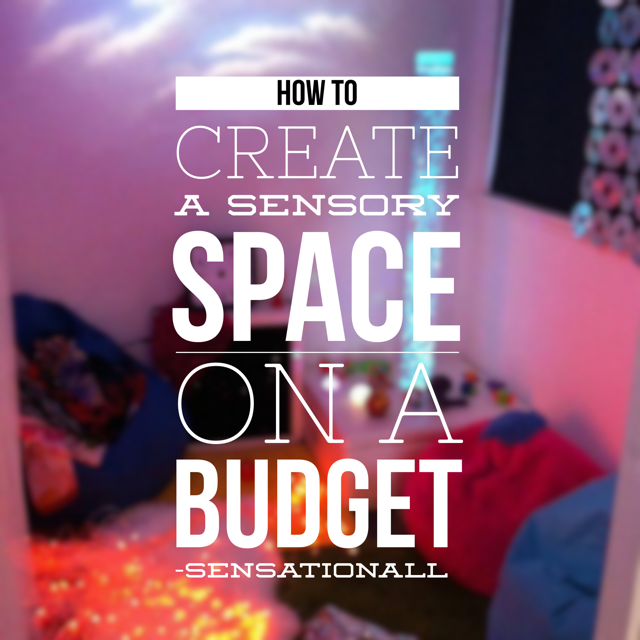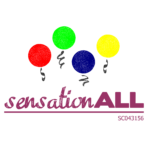How to create a sensory space on a budget

Many people have the perception that designing and creating a dedicated sensory space can be unachievable due to space and financial restraints, but this isn’t necessarily the case. You can achieve so much regardless of the amount of space you have, or the amount of money you have available to spend. We’ve pulled together some ideas that will get the ball rolling for your superb new sensory space.
Space need not be an issue
The term ‘sensory room’ can be a little daunting, as it suggests an entire room is required. But smaller sensory spaces can be equally effective, and much more practical for most families.
Take a look at the space you do have available, and think about how you could make it perfect for your loved one. Is there a corner you could transform into a dedicated sensory space, or perhaps a spacious cupboard that you could convert?
If you’re only converting a portion of a room, make sure to purchase some heavy material to hang like a curtain. This adds a sense of privacy and ownership, and the heavier material will help reduce sound interference, which is incredibly important.
Sensory items don’t have to break the bank
Carefully selecting items for this space is important, as each person and their needs are unique. The first thing to do is observe what items and activities they are most drawn to during their ‘free-play’ or a sensory based session, or with their therapist, and replicate this into your own space.
We know so many recommended items for home sensory rooms can be pricey, but we’ve pulled together some low-cost alternatives:
- While swings and trampolines can be effective additions to any sensory space, they can also come with a hefty price tag. A good alternative can be a rocking chair or exercise ball or Buso ball, which can promote vestibular stimulation for a fraction of the price.
- Adding a glow to your space does not need to be expensive – you can get your hands on some cheap fairy-lights, fibre optic space lights, rope or LED lights, net lighting and mini projectors or disco dome-lighting, and these can totally transform your space. Or what about digging out your twinkling Christmas lights from the loft? These would also work!
- Tactile materials can be gathered from everyday items such as pot scrubbers, carpet or material squares, or even knitted squares in different wool textures. Using a tray with dried ingredients, such as pasta, cereal, sand, water and shaving foam or cream, jelly, cornflour mix or angel delight if they will mouth items. You can also add different textures to the foam etc. to add interest. Using sealed bottles, bags or containers of coloured gel/water or rice to hide items of interest in, such as toy figures/lego/pompoms etc. or using highlighter pens to colour water, will make this fluorescent under a UV lamp or torch.
- Cause & effect toys are great especially if they will move, spin, light up or make a sound. Some are activated by push/pull actions which are ideal for early learners. As they develop to more complex ‘electrical’ gadgets/items such as lighting effects/fans/vibration mats or similar, then it may be worth considering a ‘switch adapter controller’. This allows any mains electrical equipment to be operated safely through a simple switch device.
- Don’t be afraid to do a spot of DIY! Hand crafting items for your sensory area can save you money, and provide fun for you both. And the list of things you can make is endless, from sensory boards and blocks, to glitter bottles and sensory bags.
Pinterest can be your best friend
Pinterest is a fantastic tool to find clever and unique ideas for your sensory space, and can provide step-by-step guides for creating things.
You can search for sensory room ideas and find a whole host of pins from people across the world. Here’s a great board that we came across: https://uk.pinterest.com/marmarhughes/cheap-sensory-room-ideas/.
The important thing to remember is that building the perfect sensory area is an ongoing process, and you will be constantly building and adding to it to make it better, and suit the evolving needs of your loved one. So don’t get disheartened by high costs or lack of space – there are so many positive things you can do that will have huge benefits.
Here at SensationALL we run regular training workshops and sensory sessions to help understand why sensory experiences are so important for many of our children and adults with multiple support needs. We love to share our experience and ideas on helping to meet your individual’s unique sensory needs.



